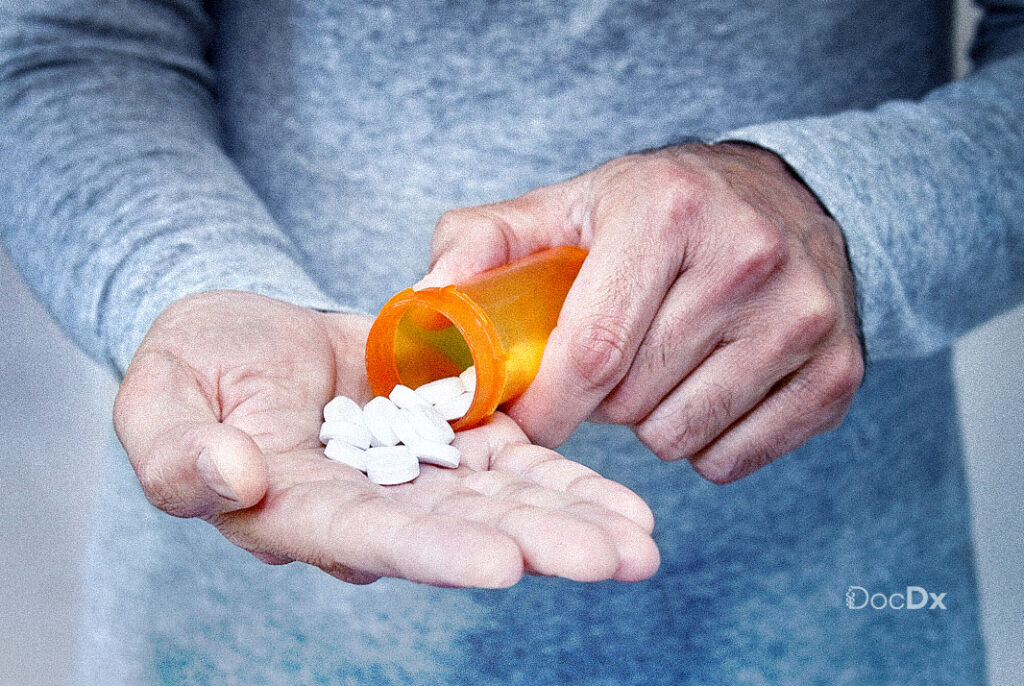Opioid and Xanax misuse has become a growing problem, affecting individuals and families across the globe. These substances, while prescribed for legitimate medical reasons, carry a high risk of dependence and addiction. Recognizing the signs of overuse can be life-saving for those who struggle with substance abuse. In this blog post, we’ll cover the key warning signs of opioid and Xanax overuse, why these drugs can be so dangerous, and most importantly, when to seek professional help.
Understanding Opioids and Xanax: Why They’re Risky
What Are Opioids?
Opioids, including prescription painkillers such as oxycodone, hydrocodone, and morphine, are powerful drugs used to treat moderate to severe pain. While they are effective in pain management, they come with a high risk of misuse and addiction. Even short-term use can lead to dependence.
What Is Xanax?
Xanax (alprazolam) is a benzodiazepine, commonly prescribed to treat anxiety and panic disorders. Like opioids, Xanax is effective when used properly but poses a high risk for addiction, especially when taken in higher doses or for extended periods of time.
Signs of Opioid Overuse
Opioid misuse often begins with prescribed medications, but can quickly spiral into dependency. Recognizing the early signs of overuse is crucial for preventing long-term health consequences.
Physical Signs of Opioid Overuse
- Drowsiness or sedation: Individuals may appear unusually tired or “out of it” even during the day.
- Pinpoint pupils: Constricted pupils are a common indicator of opioid use.
- Slurred speech and impaired coordination: Opioids affect the central nervous system, leading to slower reaction times and impaired motor skills.
- Shallow or slow breathing: This is one of the most dangerous effects, as opioids can suppress the respiratory system.
Behavioral Changes
- Increased secrecy or isolation: A person using opioids may withdraw from friends, family, or work responsibilities.
- Doctor shopping: Going to multiple doctors to obtain opioid prescriptions is a clear sign of misuse.
- Sudden financial difficulties: Opioid dependence can lead to significant financial strain due to the cost of acquiring the drugs.
Signs of Xanax Overuse
Xanax is often misused due to its calming and sedative effects. However, regular overuse can lead to both physical and psychological dependence, often resulting in a cycle of increased usage.
Physical Signs of Xanax Overuse
- Extreme drowsiness or lethargy: Xanax can cause intense sedation, making even basic tasks difficult.
- Slurred speech: Individuals may have trouble forming coherent sentences or speaking clearly.
- Lack of coordination: Unsteady movement or frequent falls may indicate overuse.
- Memory problems: Frequent use of Xanax can result in short-term memory loss or blackouts.
Behavioral Changes
- Anxiety or irritability when not using: Xanax dependence can lead to heightened anxiety between doses, causing users to take more of the drug.
- Doctor shopping: As with opioids, individuals may seek out multiple doctors to secure prescriptions.
- Loss of interest in usual activities: A person who once enjoyed hobbies or socializing may become disinterested or distant.
Long-Term Effects of Opioid and Xanax Overuse
When opioid and Xanax overuse continues unchecked, the long-term consequences can be severe.
Opioid Overuse Effects
- Liver damage: Prolonged use of prescription opioids, especially when combined with acetaminophen, can lead to liver damage or failure.
- Brain changes: Long-term opioid use alters brain chemistry, making it more difficult for the brain to regulate pain and pleasure without the drug.
- Dependency and addiction: Chronic overuse leads to physical dependence, with withdrawal symptoms making it challenging to stop using the drug without help.
Xanax Overdose Effects
- Cognitive impairment: Long-term Xanax use is associated with memory loss, difficulty concentrating, and slower cognitive functioning.
- Increased risk of overdose: As tolerance builds, individuals may take higher doses, increasing the risk of life-threatening overdose.
- Mental health issues: Continued Xanax misuse can worsen anxiety and depression, trapping individuals in a cycle of drug dependency.
When to Seek Help for Opioid or Xanax Overuse
Knowing when to seek professional help for opioid and Xanax overuse is critical. The earlier you or a loved one seek intervention, the better the chances of recovery.
Signs It’s Time to Seek Help
- Inability to reduce or stop use: If attempts to cut back or quit lead to withdrawal symptoms or cravings, professional help is needed.
- Increased tolerance: If the usual dose no longer has the same effect, it indicates growing dependency and a need for more of the drug.
- Neglecting responsibilities: When drug use interferes with work, school, or family obligations, it’s time to seek help.
- Physical health problems: Signs of overdose, such as slow breathing, extreme drowsiness, or unconsciousness, require immediate medical attention.
How to Get Help for Opioid or Xanax Overuse
Seeking treatment for opioid and Xanax overuse is a crucial step towards recovery. One effective approach is medication-assisted treatment (MAT), which combines medication with counseling and behavioral therapies to help individuals overcome addiction.
Suboxone Treatment for Opioid Addiction
Suboxone treatment is a widely recognized and effective method for managing opioid dependency. Suboxone contains both buprenorphine (which helps reduce cravings) and naloxone (which prevents misuse). This treatment helps patients taper off opioids in a controlled and safe way, significantly improving their chances of long-term recovery.
Therapy and Counseling
Counseling and behavioral therapies are essential for addressing the underlying emotional and psychological issues that contribute to addiction. Individual therapy, group therapy, and family counseling can all be valuable components of a comprehensive treatment plan.
Conclusion: The Importance of Early Intervention
If you or a loved one are showing signs of opioid and Xanax overuse, it’s crucial to seek help as soon as possible. Addiction is a complex disease that requires professional treatment, and the longer you wait, the harder it becomes to break the cycle of dependence. By recognizing the signs of overuse and getting help through options like Suboxone treatment, you can take the first steps toward recovery and a healthier, drug-free life.




